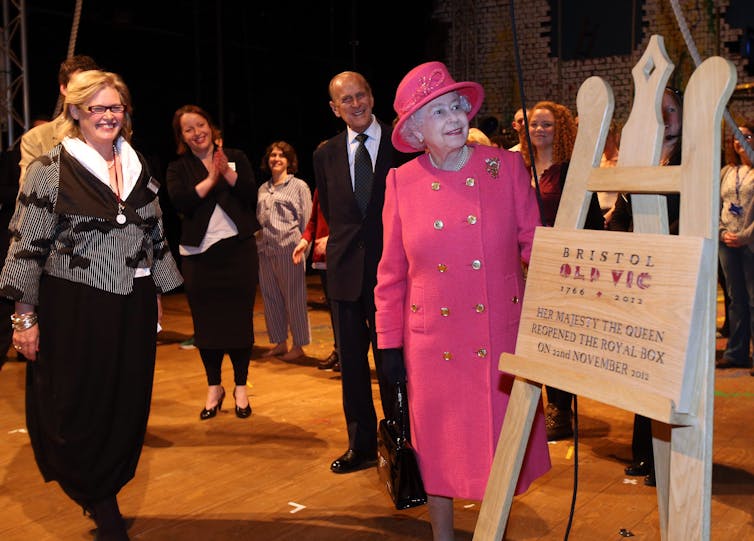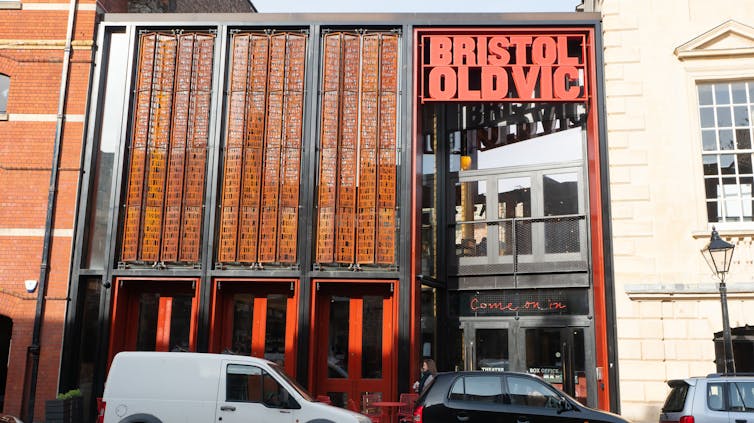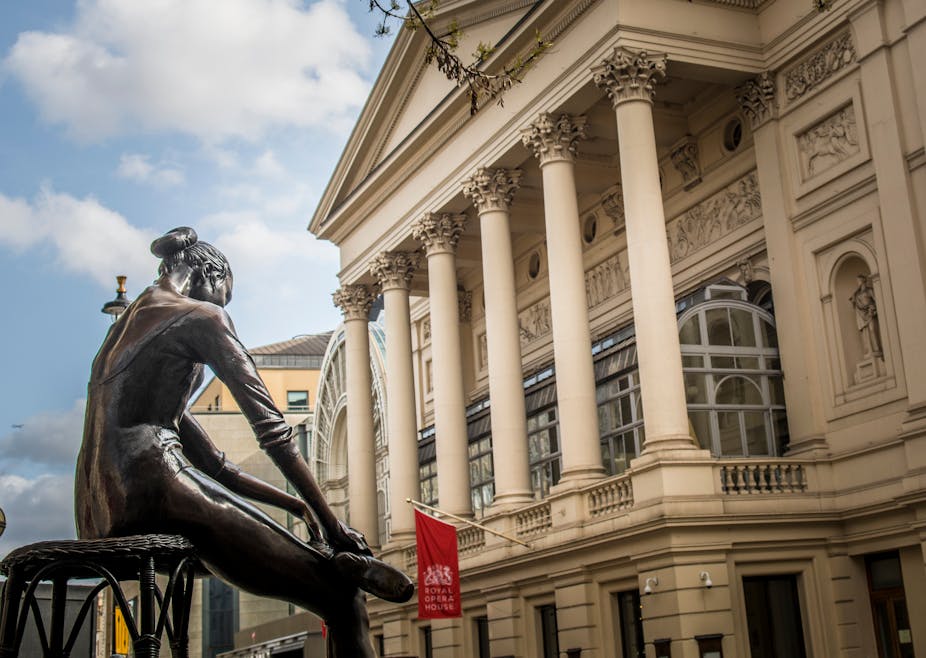As far as the UK government is concerned, its announcement of a “rescue package” for the arts couldn’t have been better timed. On July 6, more than 500 buildings around the UK glowed crimson, part of the #LightItInRed campaign to highlight the desperate plight of the cultural sector, which has seen half-a-million livelihoods at risk thanks to COVID-19. The same evening, the government announced its £1.57 billion rescue package for the arts.
But the initial flood of relief preceded a trickle of worry about how far the money might stretch. Funds must be spread over a huge range of organisations, including museums, galleries, theatres, independent cinemas, heritage sites and music venues. How will they be allocated? At this stage, all we know is that institutions will apply through industry bodies and have to prove their contribution to the UK’s economic growth.
Will £1.57 billion be enough? Here culture secretary Oliver Dowden gave a blunter answer. It won’t. “Sadly, not everyone is going to be able to survive and not every job is going to be protected,” Dowden said. “I will have to be honest with you, of course we will see further redundancies.”
So the £1.57 billion-pound question is this: which organisations are likely to be thrown a lifeline and which ones will be left to sink?
Preserving the ‘crown jewels’
Dowden’s statement confirmed that funding decisions will prioritise “those institutions that need it most, starting with the crown jewels of our national life – you know, the Royal Albert Halls and so on of this world”, while also “making sure it reaches every part of the United Kingdom, the Leeds Playhouse or wherever else”.
This suggests that the nation’s cultural jewels are found in London, while regional organisations matter only to regional audiences and the local economy. Dowden may therefore be surprised to hear that the first UK arts organisation to receive long-term public subsidy for the arts was, in fact, Bristol’s Theatre Royal.
Taken over in the 1940s by London’s Old Vic and the Arts Council, and since renamed Bristol Old Vic, this self-described “oldest continuously working theatre in the English-speaking world” has needed to balance its role as an irreplaceable asset drawing national attention to the city, with the need to avoid sucking the oxygen out of the ecosystem for smaller institutions. Its history offers an ideal focal point for understanding the impact of “crown-jewel thinking” on the cultural sector today.
Buildings over people?
Dowden’s announcement raised concerns that the bulk of the money may go to organisations housed in historic venues rather than those without an illustrious bricks-and-mortar base. Bristol Old Vic’s history shows these fears are not unfounded.
The first chairman of the Arts Council of Great Britain (then CEMA, the Council for the Encouragement of Music and the Arts) was John Maynard Keynes. In March 1943, Keynes defended his decision to use Treasury funding to lease the Bristol theatre from the trust that owned it, writing in The Times that his priority was to redress the “disastrous” lack of arts buildings following the second world war.

If the government prioritises the biggest institutions over smaller, community-engaged organisations, this would be consistent with the UK’s history of cultural funding, which was built on Keynes’ foundation of using prominent buildings and high-profile companies to secure Britain’s international reputation as “world leading” in the arts.
All jewel, no crown
The use of the “crown jewel” metaphor also has a long history. CEMA’s 1940s decision to save Bristol Old Vic from ruin was the result of a decade of campaigning by arts critic Herbert Farjeon. In archival documents in the University of Bristol Theatre Collection, Farjeon called it “a precious and neglected heirloom without a parallel anywhere else in the British Isles”.

My research into audience responses today has captured similar kinds of praise. Some call Bristol Old Vic “a jewel box of theatrical history”, others “a gem of an historic theatre”.
But in using the “jewel in the crown” metaphor, Dowden should remember not to focus only on the lustre of the jewel, but on the value of the crown as a whole. In my 2018 survey of regional practitioners, soon to be published, several respondents acknowledged the balancing act Bristol Old Vic must manage: to “know its place in the ecology and respect it, help lead and facilitate it, but not overshadow it”.
This challenge goes all the way back to the 1940s, when the theatre company’s first director, Hugh Hunt, hoped “other companies should regard Bristol as an elder brother to whom they could come for advice and assistance”.
The lifeblood of the arts
The director of Bristol Old Vic’s “Ferment” artist development programme, Ben Atterbury, told me the rescue package was a “welcome investment”, but added that it wouldn’t mean anything “unless we find urgent mechanisms to protect the independent and self-employed workforce”.
They are the lifeblood of our sector and valuable stakeholders in our own work, so we’ve been consulting with our networks throughout this crisis to understand how best to support them. As things are, we face an unprecedented drain of representation from a sector that still had a huge amount of work to do.
It is in times of crisis that the true value of high-profile arts institutions is tested. High-profile regional arts organisations have always needed to encourage “crown-jewel thinking” in order to compete with London for attention on the national stage – with a theatre like Leeds Playhouse or Bristol Old Vic just as much of a national treasure as the Royal Albert Hall. The challenge now is to fight for their own survival while ensuring the local ecosystem they rely on does not collapse.
Read more: Arts rescue package: don't forget small venues – they're where big stars learned their trade

